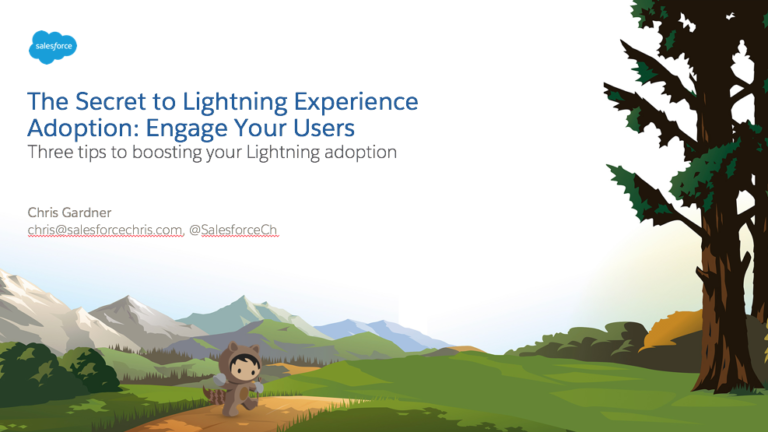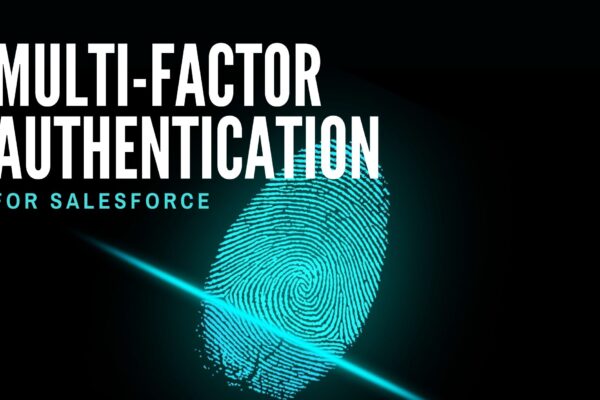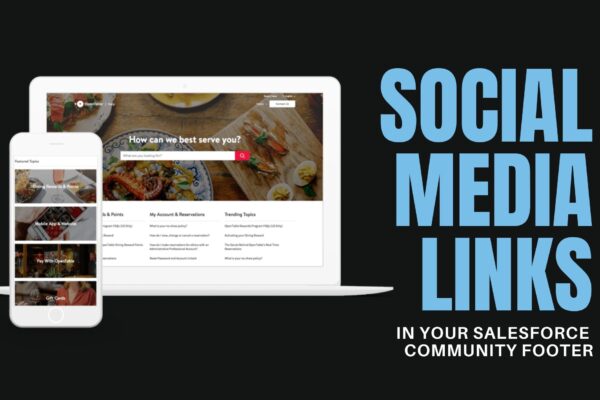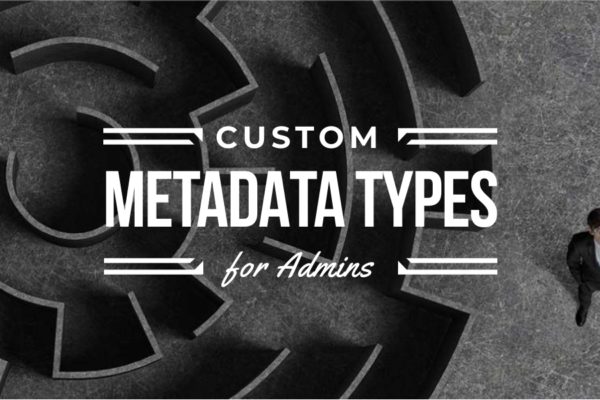I was extremely lucky to be able to present at Dreamforce 2018 this year on Lightning Adoption! It has been a long-term goal of mine to be able to speak at Dreamforce, so it was an incredible moment to be selected. A huge thank you to everyone who attended my session! I received a lot of requests for my slide deck, so I have also attached that to this post.
For anyone who wasn’t able to attend, here is an overview of how you can ensure high Lightning adoption in your org.
The Secret – Engage Your Users
Why do we care about Lightning adoption? Because organizations using Lightning experience are more efficient. Salesforce commissioned a study from Forrester that shows the benefits in productivity and ROI. If you haven’t had a chance to view that, it is a great way to justify the switch.
But the benefits of Lightning can only be realized when users actually use the system. The key to ensuring high Lightning adoption is to make sure your users are engaged in the process. In order to do this effectively, we need to spend time with our users, and involve them in the process. We do this in 3 ways, which we’ll cover below.
#1 – Role Level Enhancements
Salesforce’s Lightning Experience allows for very granular control of customization. We can leverage custom Lightning apps, page layouts, Lightning components, and more to make people more efficient. To make the most of this, we need to meet with our users and understand their roles.
This should be comprised of interviews to understand pain points and inefficiencies. We should also take time to shadow so we can observe areas that can be improved. this will also be key to our later trainings.
With this information, we can build our roadmap of changes and enhancements. This can often include updates to business processes, as well as clean up of old or unnecessary fields, related lists, workflows, etc.
#2 – Communication
We need to communicate the change to our users well in advance. This communication requires executive stakeholder alignment. When the messaging comes from the top, people understand the importance of the change.
Messaging is important, so we need to focus on the 5 W’s:
- Why – Why are we making this change? This should come from the executive stakeholder.
- What – What changes are coming? Just Lighting, or business processes as well?
- Who – Who does this affect, and who is supporting the transition?
- When – When does this go live? When is switching back to Classic disabled?
- hoW – How will this change my day-to-day?
Answering #5 is much easier after we have spent time understanding our users. The information we gathered in step one becomes key to our messaging. We can show how pain points are being addressed, how they will be more efficient, and how we are making their life easier.
#3 – Training & Support
We need to train our users before rolling out Lightning, and support them after. This means creating customized trainings for each job role. Fortunately, we interviewed and shadowed our users, so we know exactly what day-to-day items we need to train them on. We can turn our shadowing sessions into training scripts.
There is a lot more content, as well as a sample training outline and communication calendar in my slide deck:





